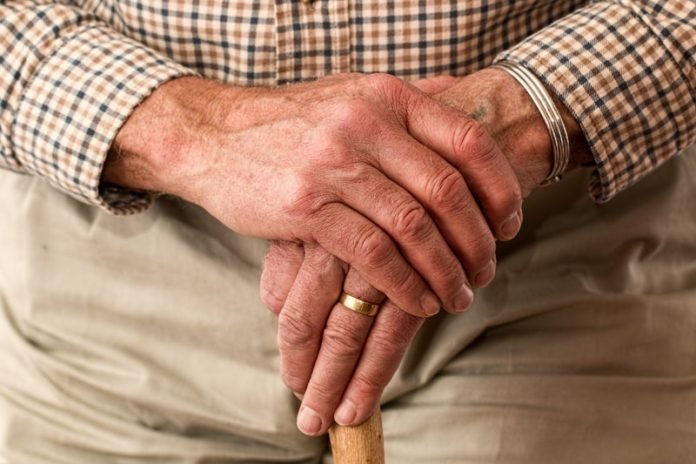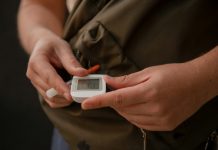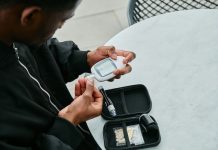
In a recent study at North Jutland Aalborg University Hospital, researchers found that having type 1 diabetes is linked to a 33% increase in the risk of falls while having type 2 diabetes is linked to a 19% increased risk of falls.
People with diabetes can be at increased risk of falls as they tend to have more complications (for example high and low blood sugar), and use of medication compared with the general population without diabetes.
The study was presented at the annual meeting of the European Association for the Study of Diabetes. One author is Nicklas Rasmussen.
This study aimed to estimate the risk of falls and to identify risk factors linked to increased falls in people with diabetes compared with the general population.
The second aim was to estimate fall-related injuries including fractures and wherein the body these fractures are occurring compared with the general population.
The data were from the Nationwide Danish National Patient Register.
The team identified 12,975 people with type 1 diabetes and 407,099 people with type 2 diabetes and matched control group from the general population.
They found type 1 diabetes was linked to a 33% increased risk of a first fall, and type 2 diabetes a 19% increased risk.
For patients with type 2 diabetes, other risk factors for falls were: being female (60% increased risk), being aged over 65 years (32%), use of selective serotonin receptor inhibitors (SSRIs) (used to treat depression) (32%), use of opioids (9%), SSRIs and opioids combined (60%), and a history of alcohol abuse (a near doubling of risk).
For patients with type 1 diabetes, other risk factors for falls were: being female (20 % increased risk) aged over 65 years (30%), use of SSRIs (35%), use of opioids (15%), and a history of alcohol abuse (77%).
Increased incidence of fractures was also found in people with type 2 diabetes.
Compared with the general population, there was an increased risk of fractures of the hip and femur (2%), humerus (the long arm bone) (24%), radius (forearm bone) (39%), and skull/face (15%).
People with type 1 diabetes also had an increased risk of fractures, but only at the hip and femoral region.
The team says older people with diabetes should pay more attention to the risk factors for falls.
Gaining further information on risk factors for falls could guide the management of diabetes treatment such as the choice of medication.
Copyright © 2020 Knowridge Science Report. All rights reserved.



